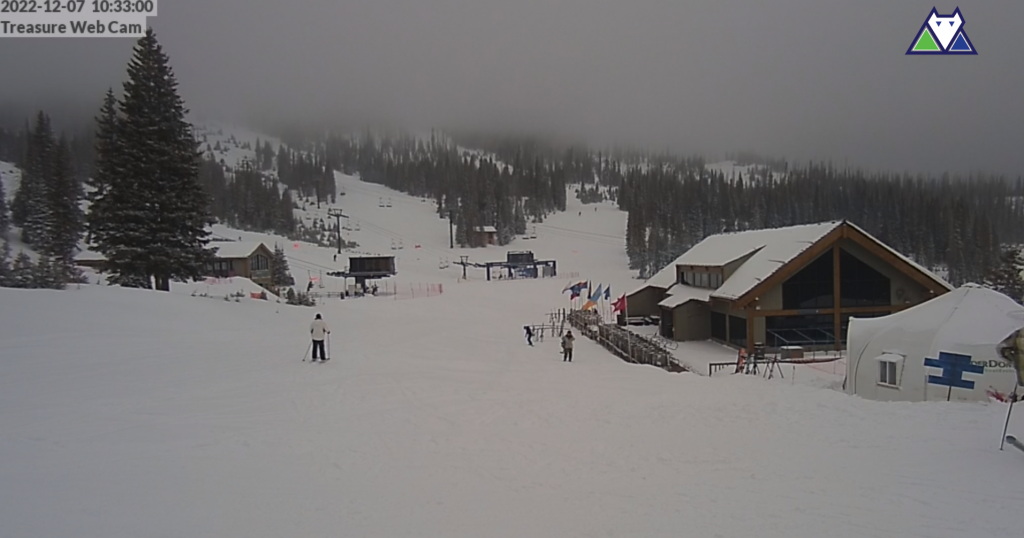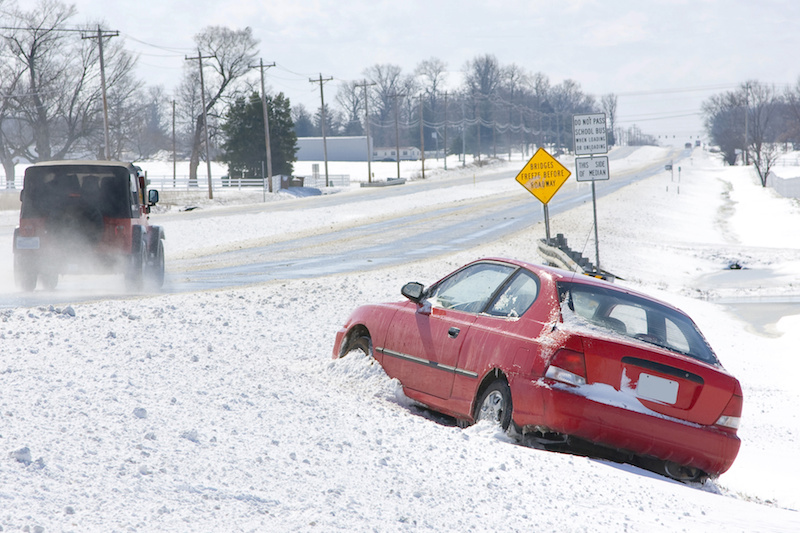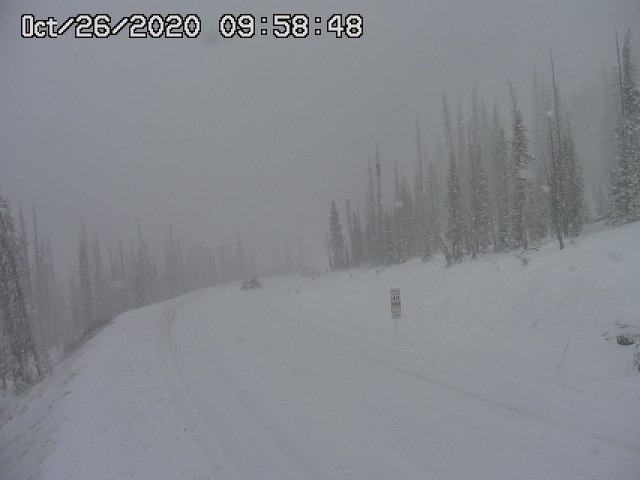Happy Thursday! We’ve had quite the week of snowstorms! Let’s take a look at Wolf Creek’s current conditions:
The mountain received a total of 56″ of snow from this latest storm!
The total snowfall year-to-date is 223″.
The midway depth is 106″ and the summit depth is 115″.
The surface conditions are powder/packed powder with excellent conditions and extensive grooming throughout the mountain. 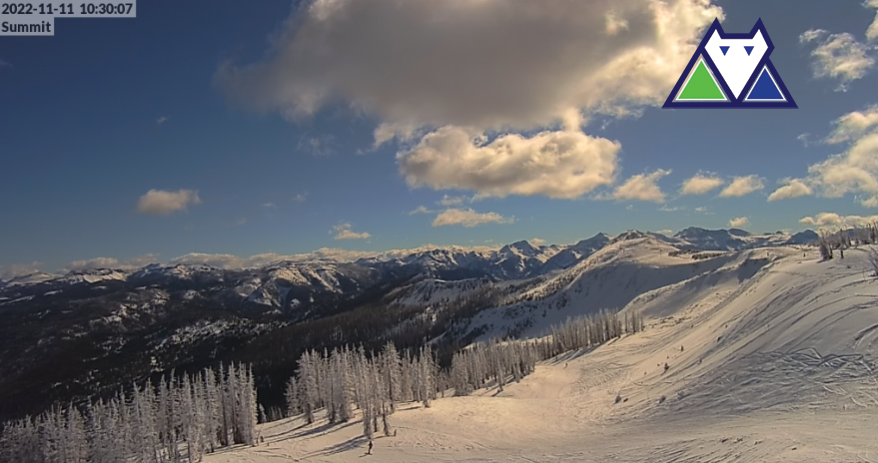
The Pick of the Hill today is Orion’s Beltway.
Lift tickets are at Regular Rates: $85 for Adults, $54 for Seniors and $42 for Children.
This Sunday, January 22nd, Wolf Creek will be having a Fun Race! Race your friends or just challenge your own fastest time. Free and open to skiers and boarders of all ages and abilities. Sign up is from 9:30am-10:30am in the Raven’s Nest building and the race is from 11am to 1pm on Charisma run.
Tuesday, January 24th, is a Tuesday Turns and Technique Clinic. Skiers and boarders can purchase a lift ticket for $62 ($43 for Seniors) and a 2-hour morning lesson for any ability for just $45.
The current road conditions are plowed and sanded with Winter driving conditions!
The forecast shows more snow showers tomorrow (Friday) with a break on Saturday and then a few more days of potential snow showers beginning on Sunday.
For the most up-to-date information call 1-800-SKI-WOLF
Road conditions and restrictions in the area may be found by visiting COTrip.org
Talk about an epic storm! Keep them coming! We’d love to see pictures of y’all enjoying the mountain! Stay tuned and have a fantastic weekend!

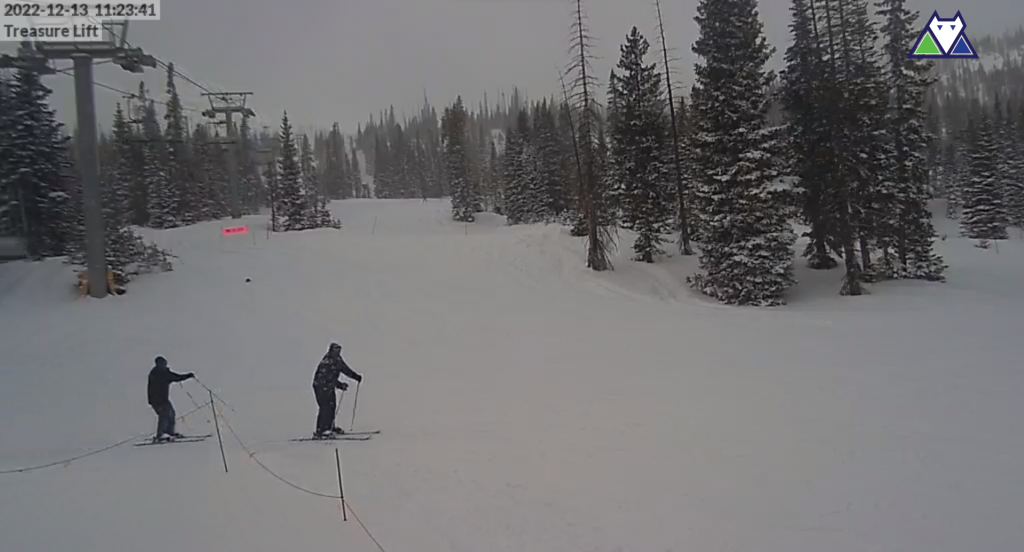 Happy Tuesday! Finally, we got some serious snow!!!
Happy Tuesday! Finally, we got some serious snow!!! 